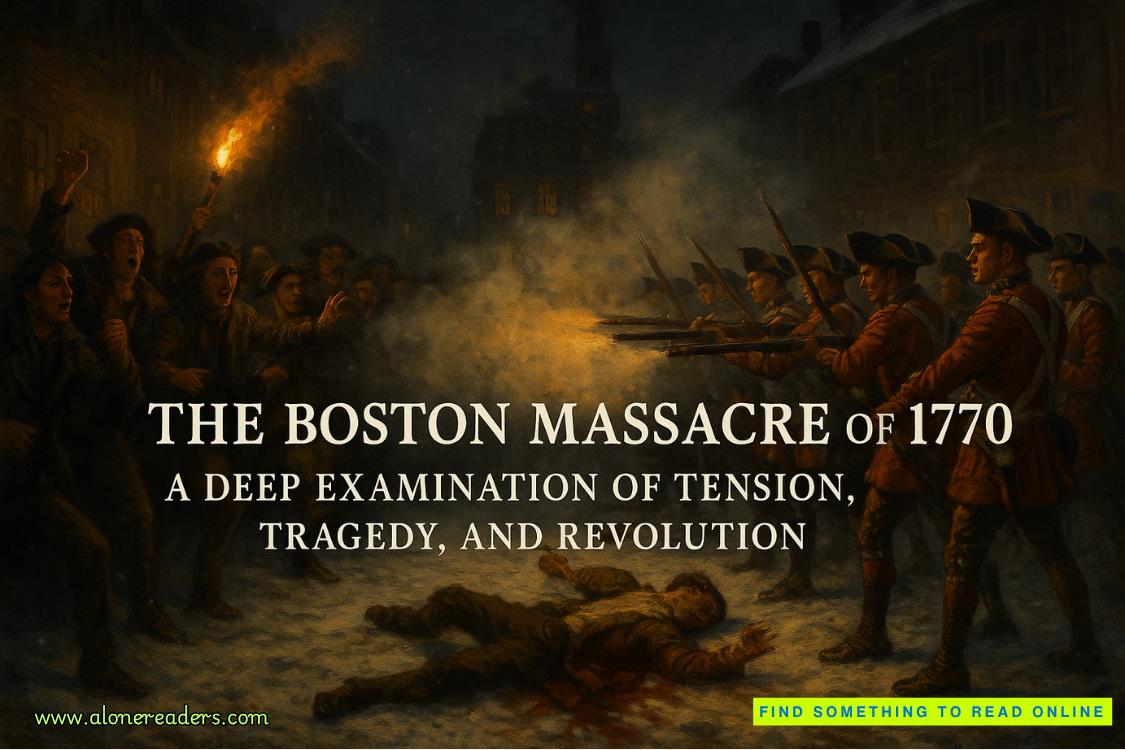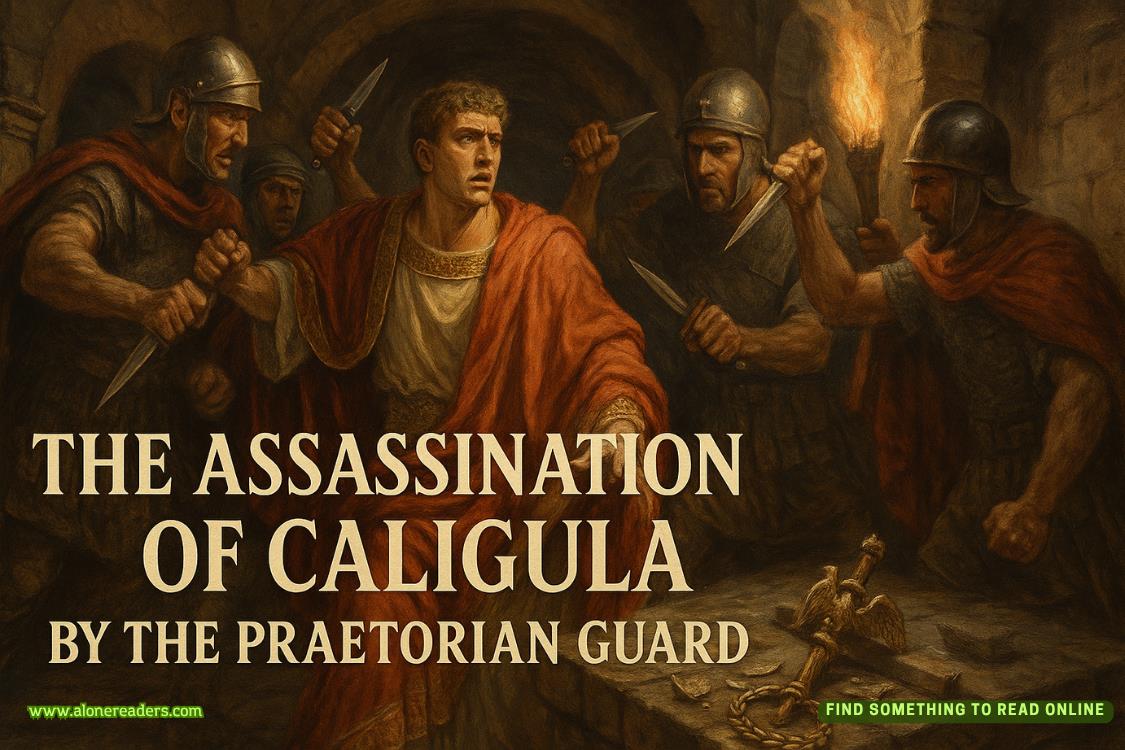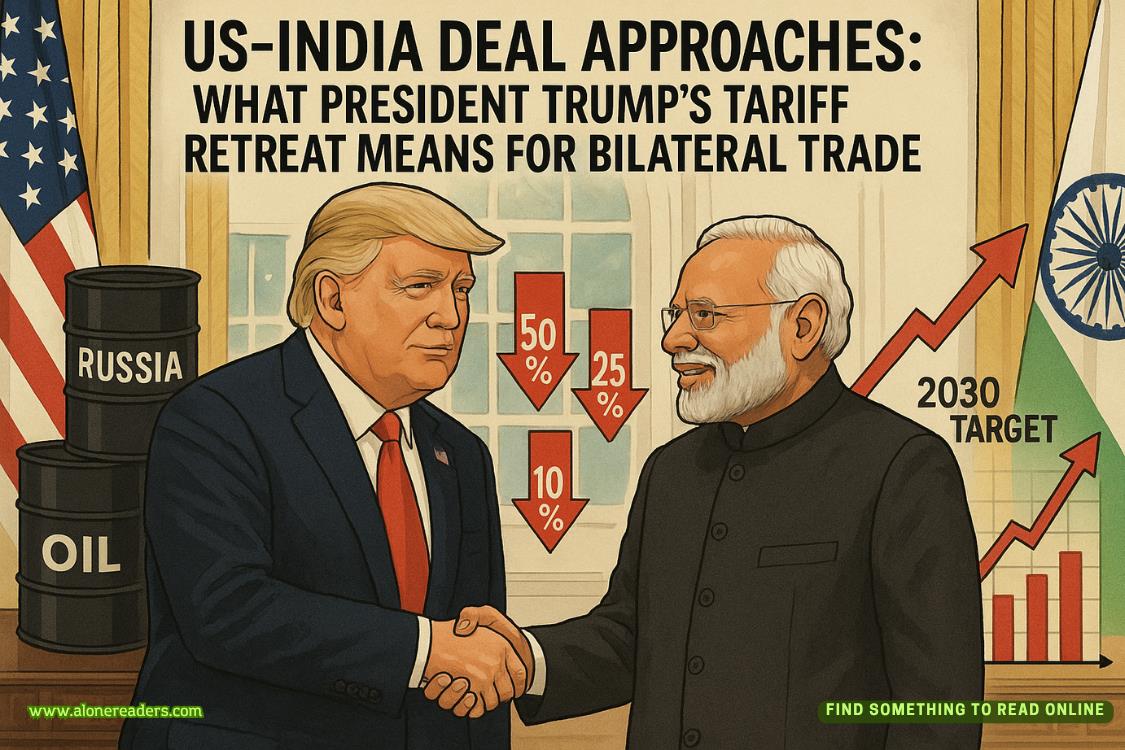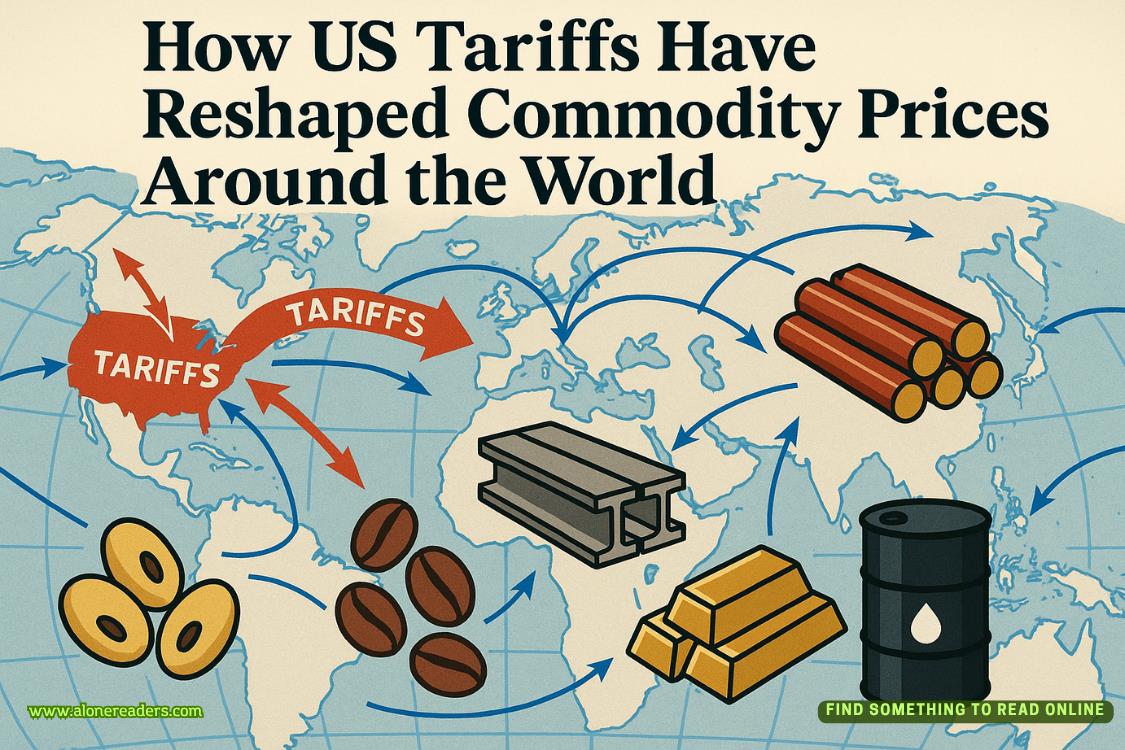Page 59 of Fang
“Which one?” Mina asks, already moving to look over my shoulder.
“Facial recognition,” I reply, fingers flying across the keyboard to pull up the alert. “Houston grid, southeast quadrant.”
The algorithm I designed searches through publicly accessible security cameras, analyzing faces against a database of known cartel members. It’s a processor-intensive operation that often yields nothing but ghosts and shadows. But this time—this is different.
“Got you,” I whisper as the images populate my screen.
The match is unmistakable—Juan Vasquez, captured on a gas station security camera three days ago. He looks different than his file photos—thinner, with a beard and glasses—but the recognition software assigns a 97.8% probability match based on facial structure. More importantly, it’s tracked his vehicle to a compound thirty miles outside Houston city limits.
“That’s not just a sighting,” Mina says, her voice tight with restrained excitement. “That’s a location.”
I’m already pulling up satellite imagery, the resolution grainy but sufficient to reveal a sprawling property surrounded by a high wall. Multiple buildings, a few vehicles. Isolated enough to be defensible, close enough to civilization for convenience.
“That’s not all,” I tell her, switching to another screen where a different algorithm has been quietly compiling data. “Look at the power usage patterns for that address.”
“I know that place. I’ve been there. Call Vapor,” Mina says, her hand squeezing my shoulder. “This is it.”
I reach for my secure phone and punch in Vapor’s number. He answers on the second ring.
“This better be good,” he growls, the background noise suggesting he’s at the main bar inside the clubhouse.
“It’s better than good,” I reply. “We found him.”
Four minutes later, Vapor pushes through the office door, his presence instantly filling the small room. His eyes are sharp and alert, despite the late hour and the faint smell of whiskey that accompanies him.
“Show me,” he says without preamble.
I gesture to the largest monitor where I’ve assembled the evidence: the facial recognition match, the satellite imagery now enhanced and time-stamped, the suspicious power and communication patterns.
“He’s at a compound outside Houston,” I explain, unable to keep the excitement from my voice. “Heavily secured, but isolated. Mina’s been there. I’ve identified guard rotation patterns from thermal imaging. Apparently, we’re not the only ones interested in this place. Got satellite data from the Feds. They’ve been watching the place for months.” I pull up another window showing heat signatures moving in predictable patterns around the perimeter. “We ran through the last few weeks. Looks like eight-hour shifts, four guards per rotation. Mina says it’s standard cartel protocol.”
“It is,” she confirms.
Vapor leans closer, his expression intensifying as he absorbs the information. “Security systems?”
“Top of the line,” I reply, bringing up schematics I’ve pieced together from various sources. “Motion sensors, infrared cameras. But—” I allow myself a small smile, “—they’re all networked. Networked means hackable.”
“You’ve been there?” Vapor asks, turning his attention to Mina.
She nods, her eyes never leaving the screen. “Three years ago. It’s one of the cartel’s secure locations, used for high-level meetings and housing valuable assets.” Her finger circles a building at the compound’s center. “This is the main house. Juan would be here, probably in the master suite on the second floor, northwest corner. Best vantage point of the grounds.”
I watch her face as she studies the image, noting the slight tightening around her eyes—whatever memories this place holds aren’t pleasant ones.
“Security blind spots?” Vapor asks.
Mina’s finger moves to the eastern wall. “Here. The terrain creates a shadow zone for the motion sensors. And there’s an access road for deliveries on the south side—less monitored than the main entrance.”
I’m already adding her insights to my notes, updating the digital model of the compound that’s taking shape on my screens. “If I can access their network, I can create temporary blind spots in the camera coverage, maybe even trigger false alarms to direct attention away from our entry point.”
Vapor straightens, his decision already made. “How soon can you have a complete tactical assessment?”
“Two hours,” I say confidently. “I’ve got programs running to compile detailed schematics of their security setup, and I’m pulling architectural records for the buildings.”
“Take three. Get as many details as you can,” Vapor replies, checking his watch. “I’m calling Church. Main conference room.” He looks between Mina and me, his expression grave. “If this pans out, we move tomorrow night. No more waiting. No more hunting shadows.”
Mina’s hand finds mine under the desk, her fingers intertwining with mine in a grip that’s almost painful in its intensity. This is what we’ve been working toward since our return from Mexico. We’ve come so close to capturing or killing him before. Now we’ve got another shot at it.
“Three hours,” I confirm, already turning back to my screens, my mind racing through protocols and programs, plotting digital pathways into Juan Vasquez’s sanctuary.















